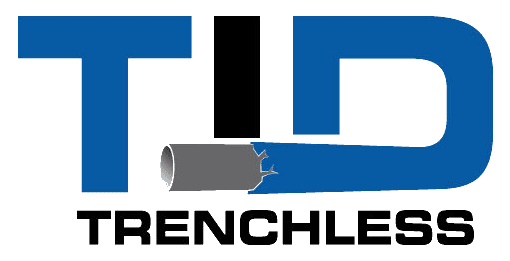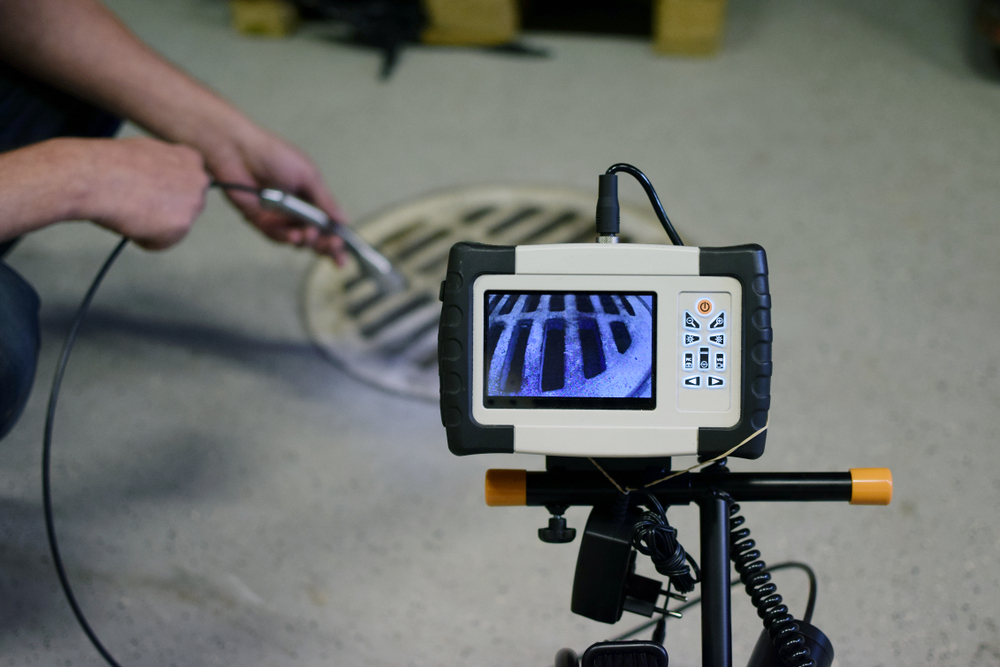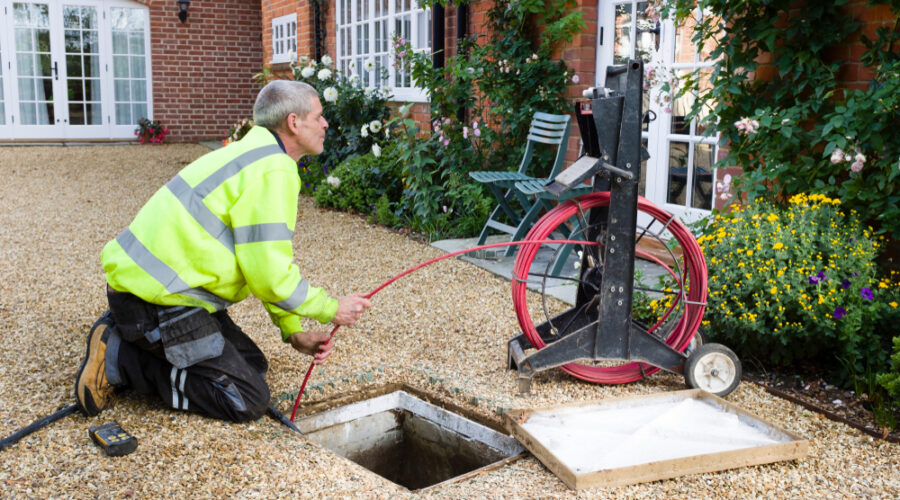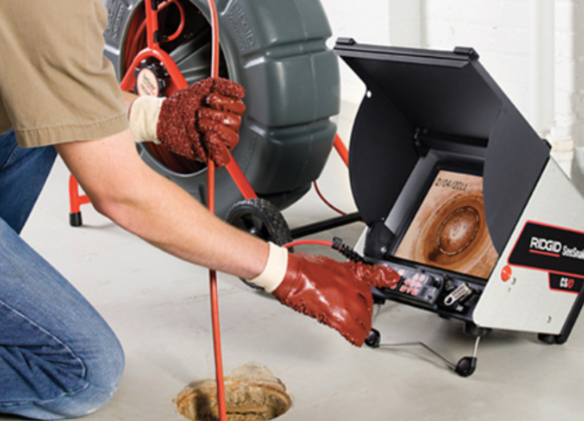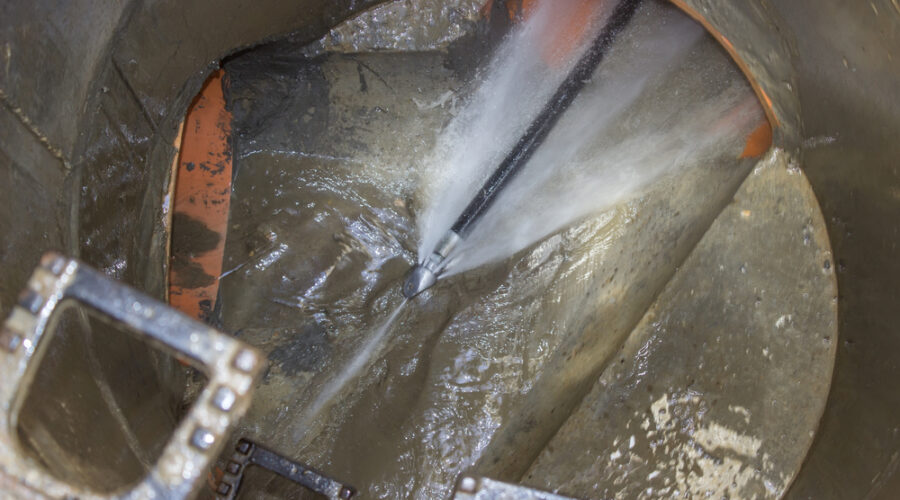If you’ve ever wondered how plumbers and technicians find leaks or blockages in pipes, you may have come across the term “camera inspection.” A camera inspection is a simple but effective way to diagnose problems in a pipe system without resorting to guesswork or tearing up your floors or walls. In this article, we will explore how camera inspections work and why they are such a useful tool for identifying plumbing issues.
What is a Camera Inspection?
A camera inspection is a process in which a small, waterproof camera is inserted into a pipe system to detect any problems within it. The camera is connected to a monitor or screen so that the operator can see what the camera sees in real-time. The operator navigates the camera through the pipe system, looking for cracks, breaks, blockages, or other issues that may be causing plumbing problems.
How Does a Camera Inspection Work?
The camera used in a pipe inspection is designed to be small enough to fit inside a pipe, usually between 2 and 36 inches in diameter. The camera is mounted on a flexible rod that can be pushed or pulled through the pipe by the operator. The camera is connected to a monitor or screen that displays the live video feed. Some cameras are equipped with lighting to help illuminate the pipe interior and provide better visibility.
As the camera travels through the pipe, the operator can see the inside of the pipe and any potential problems that may be present. The operator can control the direction of the camera and the lighting to get a better view of any issues. This process allows the technician to identify blockages, cracks, leaks, and other issues that may be causing plumbing problems.
What Are the Benefits of a Camera Inspection?
A camera inspection offers many benefits over traditional pipe inspection methods. Here are a few:
- Accuracy: A camera inspection provides an accurate view of the interior of the pipe system. This means that problems can be identified quickly and accurately, without guesswork.
- Efficiency: Camera inspections are fast and efficient. Technicians can quickly identify problems and come up with a plan to fix them, without the need for time-consuming and expensive digging or excavation.
- Cost-effective: Camera inspections are relatively inexpensive compared to other methods of pipe inspection. They also allow technicians to identify and fix problems quickly, reducing the overall cost of repairs.
- Non-destructive: Camera inspections are non-destructive, meaning that they do not require the technician to dig up floors, walls, or yards to access the pipe system. This means less disruption and mess during the inspection process.
What Can a Camera Inspection Find?
A camera inspection can identify a wide range of problems in a pipe system. Here are a few examples:
- Blockages: A camera inspection can identify blockages caused by things like debris, grease, or tree roots.
- Cracks and leaks: A camera inspection can identify cracks and leaks in the pipe system, which can cause water damage or flooding if left untreated.
- Corrosion: A camera inspection can identify areas of corrosion or rust within the pipe system, which can cause leaks or blockages.
- Misaligned pipes: A camera inspection can identify pipes that have shifted or become misaligned, which can cause blockages or leaks.
When Should You Get a Camera Inspection?
If you’re experiencing plumbing problems like slow drains, foul odors, or backups, it may be time to consider a camera inspection. A camera inspection can quickly identify the source of the problem and allow technicians to come up with a plan to fix it.
How Much Does a Camera Inspection Cost?
The cost of a camera inspection can vary depending on the size of the pipe system, the location of the problem, and other factors. However, camera inspection is generally a cost-effective solution compared to other pipe inspection methods. The cost of a camera inspection can be as low as a few hundred dollars, while more extensive inspections may cost several thousand dollars.
Are There Any Risks or Disadvantages to Camera Inspections?
While camera inspections are generally safe and non-invasive, there are a few potential risks or disadvantages to consider:
- Equipment failure: Like any technology, camera equipment can fail or malfunction. This can result in an incomplete inspection or inaccurate diagnosis.
- Limited visibility: Camera inspections may not be able to provide a complete view of the entire pipe system, especially in cases where pipes are particularly small or complex.
- Limited access: In some cases, camera inspections may not be possible due to limited access to the pipe system or other factors.
- False positives: In some cases, camera inspections may identify problems that are not actually present, leading to unnecessary repairs or expense.
However, these risks and disadvantages are relatively rare, and most camera inspections are successful in identifying and diagnosing plumbing problems.
Conclusion
Camera inspections are an effective, efficient, and cost-effective way to identify plumbing problems without resorting to guesswork or invasive procedures. By using a small, waterproof camera connected to a monitor, technicians can quickly and accurately diagnose problems like blockages, leaks, and corrosion within a pipe system. If you’re experiencing plumbing problems, consider a camera inspection to identify the source of the problem and come up with a plan to fix it.
FAQs
- What is a camera inspection, and how does it work? A camera inspection is a process in which a small, waterproof camera is inserted into a pipe system to detect any problems within it. The camera is connected to a monitor or screen so that the operator can see what the camera sees in real-time. The operator navigates the camera through the pipe system, looking for cracks, breaks, blockages, or other issues that may be causing plumbing problems.
- How much does a camera inspection cost? The cost of a camera inspection can vary depending on the size of the pipe system, the location of the problem, and other factors. However, camera inspection is generally a cost-effective solution compared to other pipe inspection methods. The cost of a camera inspection can be as low as a few hundred dollars, while more extensive inspections may cost several thousand dollars.
- What are the benefits of a camera inspection? A camera inspection offers many benefits over traditional pipe inspection methods. Some of these benefits include accuracy, efficiency, cost-effectiveness, and non-destructiveness.
- Can a camera inspection find all types of plumbing problems? While a camera inspection can identify a wide range of plumbing problems, there may be some issues that are not detectable by the camera. In some cases, additional testing or inspection methods may be necessary to identify the problem accurately.
- Is a camera inspection safe? Camera inspections are generally safe and non-invasive. However, as with any technology, there are potential risks or disadvantages to consider, such as equipment failure, limited visibility, limited access, or false positives.
